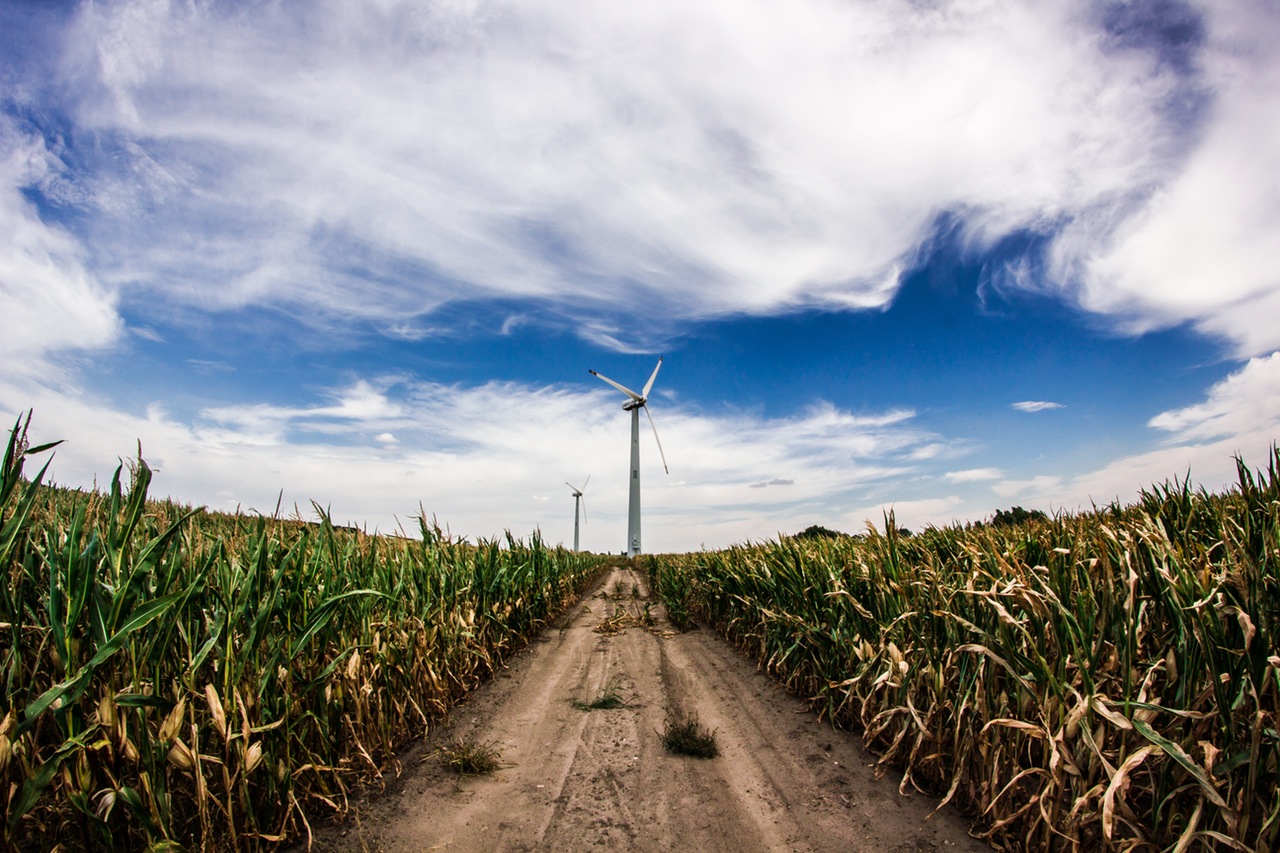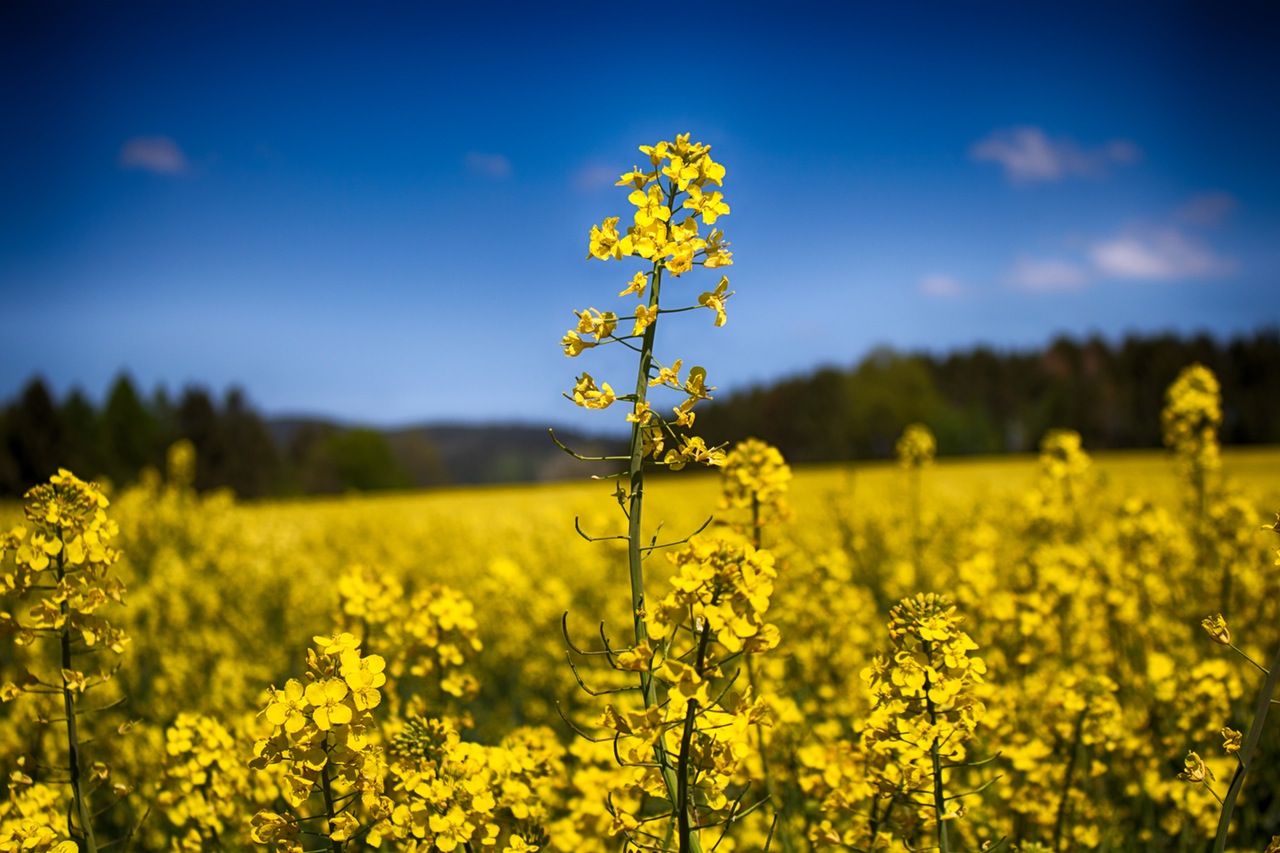Biomass Energy
What is Biomass Energy?
Biomass energy is derived from organic materials or biomass that is or was part of any living or dead plants or animals.
Biomass has stored energy inside them. First plants produce energy with the help of sun rays and a chemical process known as photosynthesis inside them. Some of this energy then transferred to animals and microbes through food web. That is why all living or recently dead live forms are biomass.

When these organic materials or biomass are burned or destroyed energy is released. By utilizing this principal, biomass are treated by different technologies to convert their stored energy into different useful energy form like heat, gas, fuel or electricity. It is a renewable energy. It can also be sustainable energy that means it can meet the need of current and future energy demands without permanently depleting the environment.
Common Sources:
The common sources of biomass that are currently used to produce energy are as follows:
- Forestry, wood and wood processing waste like tree barks, woodchips, sawdust etc.
- Agricultural and energy crops – food crops like corn, soybean, sugar cane, wheat, barley etc. or energy crops (crops grown only to produce energy) like switch grass, bluegrass, elephant grass etc.
- Organic waste – like food and food processing waste, yard wastes, animal manures, sewage sludge, high sugar industrial wastes and household garbage.
- Landfill wastes and landfill gas (Methane).
- Algae
and harvested algae are emerging sources to produce biofuel.

Production Processes and Technologies:
There are different pathways and technologies exist to produce biomass energy from different biomass sources. The major ones are discuss as follows:
Direct Combustion: In direct combustion biomass is burnt directly to produce energy like heat that can be used for cooking, heating and various industrial and production processes. Also in biomass power plant, boiler heated with biomass produces steam to produce electricity.
Gasification: Through gasification process feed stocks like wood are break into a gaseous mixture of carbon monoxide, carbon dioxide and hydrogen; mainly known as synthesis gas or Syngas. Then Syngas is used as a biofuel to produce energy and heat.
Pyrolysis: In pyrolysis, organic materials get decomposed in the absence of oxygen at an elevated temperature. In general, pyrolysis produces gas and liquid products and generates a solid residue, known as char. Pyrolysis is used to produce biofuel from second generation feed stock such as switch grass and other grasses and feed stock high in lingo-cellulose portions. Pyrolysis of organic material produces bio-oil that can be used as a fuel after purification.
Torrefaction: It is very similar to pyrolysis except it is conducted at a lower temperature. Torrefaction can convert biomass feed stock into a more easily transported and storable form and generate an end product that can be further use in gasification or combustion process.
Fermentation and Anaerobic Digestion: Fermentation and anaerobic digestion are getting popular to produce biomass
energy like biogas and alcohol from biomass sources like sewage sludge, manure,
food waste and other organic products. Usually these are biological processes
where special consortiums of microorganisms are promoted inside a closed vessel
for biomass decomposition and creating the end products like biogas and alcohol.
Advantages:
- Renewable energy – as crops and trees can grow back faster.
- Wastes (organic wastes, food wastes, yard waste, wood wastes etc.) can be converted to valuable energy. Also less waste will end up to landfill.
- Local communities can be self sufficient using biomass energy produced locally.
- The environmental impact is much less than the conventional fossil fuel energy.
Challenges:
- Energy input in the processes for producing high quality fuel source is high, making biomass energy less economical.
- Biomass combustion releases air pollutants.
- Land and water are needed for growing energy crops – and these resources are highly in demand for growing population. Food vs. Fuel debate exists - that is available resources like land and water should be used to produce food for the growing population or crops for generating fuel?
Discover more on Biogas!
Discover more on Biofuel!
Go to the Alternative Energy Home!
Go to The EcoAmbassaodr Home!
Discover More on Biomass Energy Here!
Total Visits to Site: